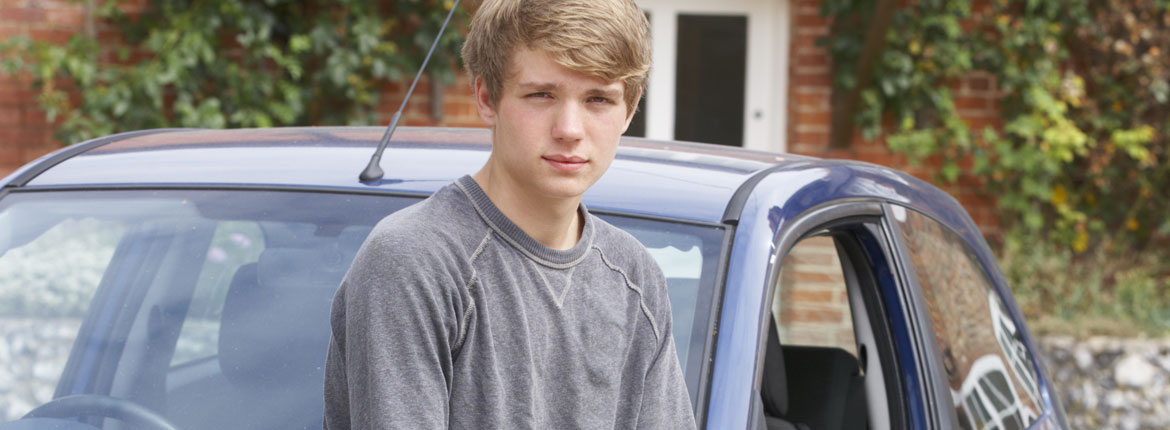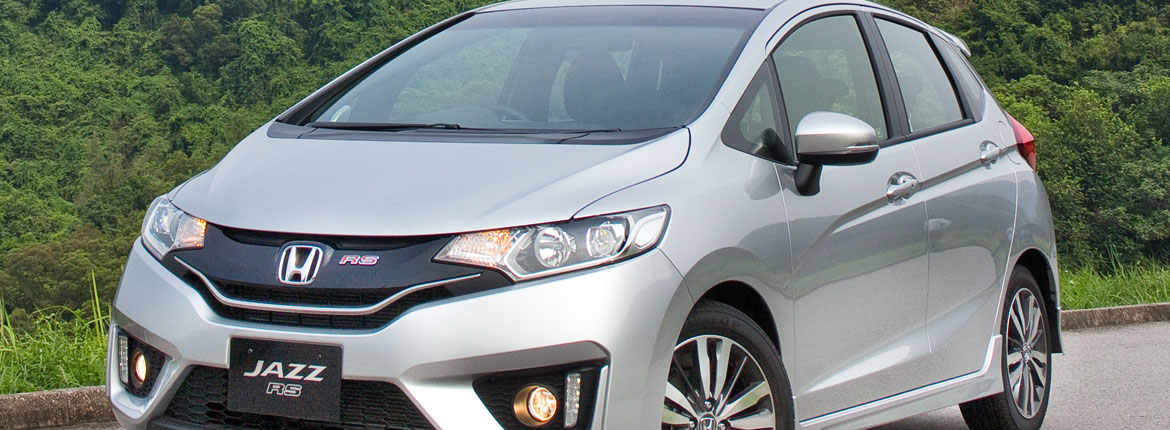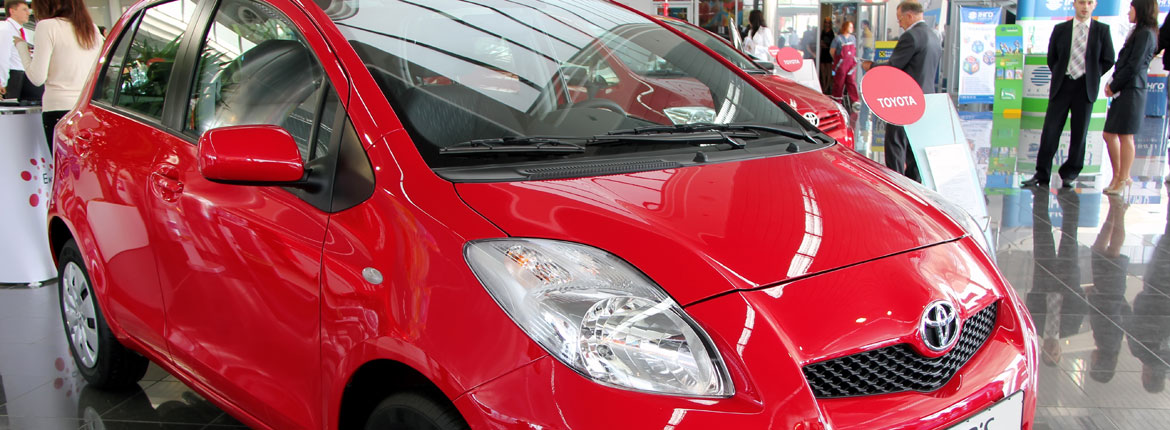When buying our first car we all want it to look shiny and new – and good enough to impress our mates. In reality though, it simply needs to be reliable, fuel efficient to keep running costs down and, of course, safe.
But, how safe are our first cars these days? Do you need to spend an excessive amount to get a safe entry-level vehicle that has a 5 star safety rating?
It wasn’t until I bought my fifth car that I had a vehicle equipped with an airbag and ABS brakes. Nowadays this will seem crazy to new car buyers, as modern vehicles without ABS and multiple airbags are unheard of.
But having ABS and airbags doesn’t automatically mean that a car will be awarded with a multiple star safety rating.
A new vehicle that started life in New Zealand may have an ANCAP safety rating, indicating the level of safety it provides for occupants and pedestrians in the event of a crash.
This is a good safety reference point when you’re looking to buy a car, but, as cars get older, ANCAP safety ratings become almost out of date, as newer technologies are introduced and testing standards and conditions are developed. Therefore, looking at the used car safety ratings can be more useful.
So, what can you get without breaking the bank? There are various options available in the light car range that have all received used car safety ratings, ranging from 3 stars to a top performing 5 stars.
The 2009-13 Ford Fiesta is at the top of the list with 5 stars, followed by the Holden Barina 2001-12, Honda Jazz/Fit 2002-08, Mazda 2/Demio 2007-13, and Toyota Yaris/Vitz 2005-11 – all of which are 3 star cars. 
These vehicles are popular among first time buyers because of their affordability. The 5 star Fiesta costs around $10,000, which might be out of budget for some, so let's consider the
3-star rated cars.
The Barina 2001 starts at around $2,500, which is actually a very modest starting point. I would certainly consider it acceptable but does it look the part? Unfortunately, the answer to that question is “not really”, and even spending your cash to make it look flash won’t change this.
A Honda Fit costs around $4000 and it’s one of the more widely available imports on the road. I have just one issue with it: the CVT transmission. It’s not uncommon for Fits to develop a shuddering issue and it can cost a lot to fix if anything other than a transmission service is needed.
Lastly, the price of the Mazda Demio and Toyota Yaris start at about $5000, making them both affordable hatches.
Cars listed on the used car safety ratings that meet the small to medium category requirements range from a 2006 Honda Civic, 2007 Subaru Impreza, 2004 VW Golf, 2001 Audi A4, and 2003 Honda Accord Euro, all of which are examples of decent 5 star safety rated vehicles and, in my opinion, very worthy first cars.
There are also slightly lower safety-rated vehicles such as the Mazda 3/Axela 2009-13, Mitsubishi Lancer 2008-13, VW Golf 1999-2004, plus many other similar options.
Most of these cars – in average condition with between 130,000 and 170,000km on the clock – will cost around $5000-$6500.
While I bought my first car for around $2,250, these days this amount would only get you a high mileage vehicle that’s about 15 years old. It would certainly look, feel and drive like a clapped out bomb that’s about to die – something I wouldn’t recommend as a first car. 
It may not even last long enough to pass its next Warrant of Fitness (WoF) and, more importantly, it’s unlikely that it would have achieved much more than a 1 star safety rating.
So what do I look for? Well, think about the type of vehicle that will fit your lifestyle. Do you need a station wagon, van or ute to transport all your gear like surfboards, bikes or kayaks? Or will a small sedan or hatchback suit your daily commute and the odd weekend road trip?
Once you’ve got your eye on a vehicle, and you’re considering buying it, think about getting a pre-purchase inspection before you make the final decision.This will give you an indication of the overall condition of the vehicle and an insight into areas that may need further investigation.
And, if you’re buying privately, it’s a good idea to get a vehicle history check beforehand to ensure that it has no outstanding finance, police interest, or previous re-registration which may indicate a potential insurance write-off.
Lastly, make sure that the WoF has plenty of time left on it to avoid forking out for immediate repairs if it fails the test.
Reported by Cade Wilson for our Winter 2016 issue






